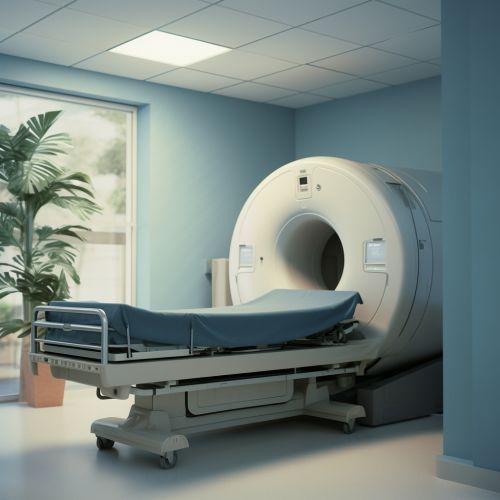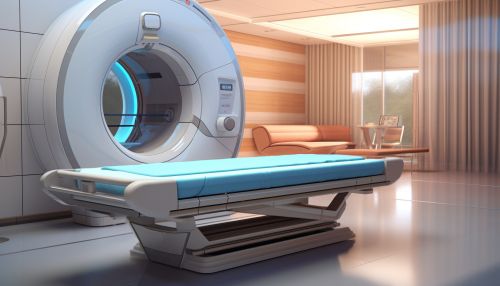Brain Imaging
Introduction
Brain imaging, a subset of medical imaging, is a technique used in neuroscience to visualize the structure and function of the brain. This non-invasive method allows for the study of both the normal and pathological anatomy of the brain.
History
The history of brain imaging is a fascinating journey that spans over a century. The first methods of visualizing the brain were developed in the late 19th and early 20th centuries, with the advent of radiography. However, these early methods were limited in their ability to provide detailed images of brain structures.
Types of Brain Imaging Techniques
There are several types of brain imaging techniques, each with its unique advantages and limitations.
Computed Tomography (CT)
Computed Tomography (CT) is a medical imaging technique that uses x-rays to create detailed images of the brain.


Magnetic Resonance Imaging (MRI)
Magnetic Resonance Imaging (MRI) is a non-invasive imaging technology that produces three dimensional detailed anatomical images.
Positron Emission Tomography (PET)
Positron Emission Tomography (PET) is a functional imaging technique that uses radioactive substances to visualize and measure changes in metabolic processes.
Functional Magnetic Resonance Imaging (fMRI)
Functional Magnetic Resonance Imaging (fMRI) is a technique for measuring brain activity by detecting changes associated with blood flow.
Applications of Brain Imaging
Brain imaging techniques have a wide range of applications in both clinical and research settings.
Clinical Applications
In the clinical setting, brain imaging is used to diagnose and monitor a variety of neurological conditions, including stroke, brain tumors, and epilepsy.
Research Applications
In research, brain imaging techniques are used to study the structure and function of the brain, contributing to our understanding of neuroscience, psychology, and psychiatry.
Challenges and Future Directions
Despite the significant advancements in brain imaging, there are still several challenges that need to be addressed.
